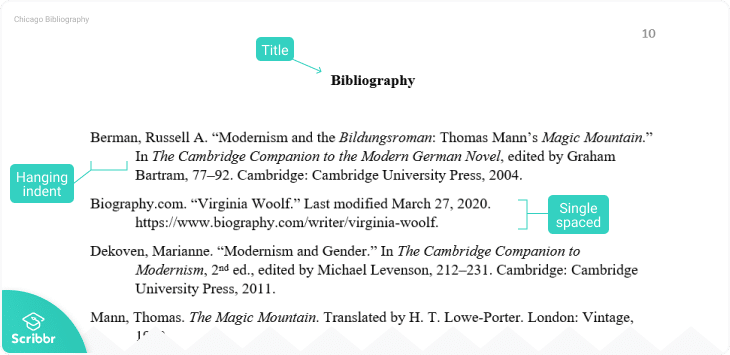
- Academic style
- Vague sentences
- Grammar
- Style consistency
There are also other types of bibliography that work as stand-alone texts, such as an annotated bibliography.
If a bibliography entry extends onto more than one line, subsequent lines should be indented, as seen in the example below. This helps the reader to see at a glance where each new entry begins.
In the bibliography, list up to 10 authors. If there are more than 10, list the first seven followed by “et al.”
Formatting the bibliography page
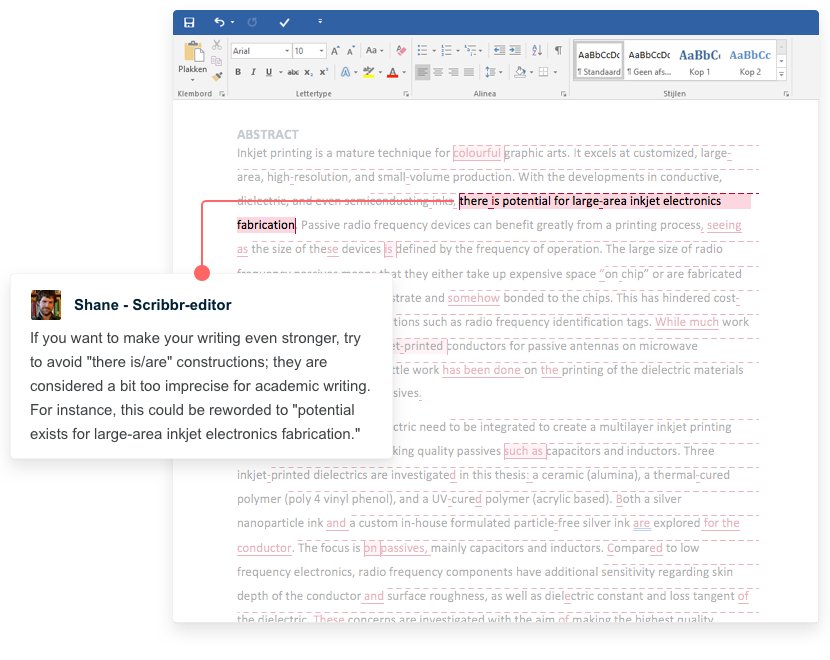
In a Chicago style footnote, list up to three authors. If there are more than three, name only the first author, followed by “et al.“
A Chicago style bibliography lists the sources cited in your text. Each bibliography entry begins with the author’s name and the title of the source, followed by relevant publication details. The bibliography is alphabetized by authors’ last names.
A bibliography is not mandatory, but is strongly recommended for all but very short papers. It gives your reader an overview of all your sources in one place. Check with your instructor if you’re not sure whether you need a bibliography.
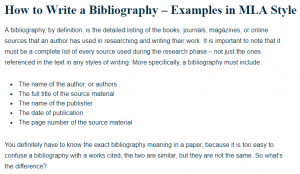
When writing a bibliography, remember that the purpose is to communicate to the reader, in a standardized manner, the sources that you have used in sufficient detail to be identified. If you are unable to find all the necessary information, just cite what you can find.
There is another type of bibliography that is worth mentioning – the annotated bibliography. An annotated bibliography definition is, for all intents and purposes, identical to a standard bibliography
A bibliography, by definition, is a detailed listing of the books, journals, magazines, or online sources that an author has used in researching and writing their work. It is important to note that it must be a complete list including every source used during the research phase – not just the ones referenced in the text in any styles of writing. More specifically, a bibliography must include:
While you are writing down (or even photocopying) the information for your source material, remember to include:
Article in an encyclopedia with an author
Now that you’ve gathered all of the necessary information, you are ready to create your preliminary bibliography.
- The name of the author, or authors
- The full title of the source material
- The name of the publisher
- The date of publication
- The page number of the source material
In your Bibliography, Works Cited, or References page, you must include all of the above MLA parenthetical citation.
It was mentioned previously that a definition of a bibliography states it is a completed listing of every source used during the research and creation of a paper, whether the source was cited in the text or not. This is not the case with a Works Cited. A Works Cited includes only the material that was cited in the text.

The reference list is headed “References.” In reference list entries, the publication date is placed immediately after the author’s name. This allows the reader to easily find a reference on the basis of the corresponding in-text citation.
If you include multiple works from the same author, only include the author name in the first entry. In subsequent entries, replace the name with three em dashes, followed by the rest of the citation formatted as normal. List the entries in alphabetical order by title.
Both present the exact same information
Example: Chicago bibliography entry with access date Scribbr. “How to Write a Research Paper.” Accessed June 9, 2020. https://www.scribbr.com/category/research-paper/.
Author names in the bibliography

Unlike the rest of a Chicago format paper, the bibliography is not double-spaced. However, add a single line space between entries.
A bibliography is not mandatory, but is strongly recommended for all but very short papers. It gives your reader an overview of all your sources in one place. Check with your instructor if you’re not sure whether you need a bibliography.
In a Chicago footnote citation, when the author of a source is unknown (as is often the case with websites), start the citation with the title in a full note. In short notes and bibliography entries, list the organization that published it as the author.
Bibliography entries vary in format depending on the type of source. Templates and examples for the most common source types are shown below.
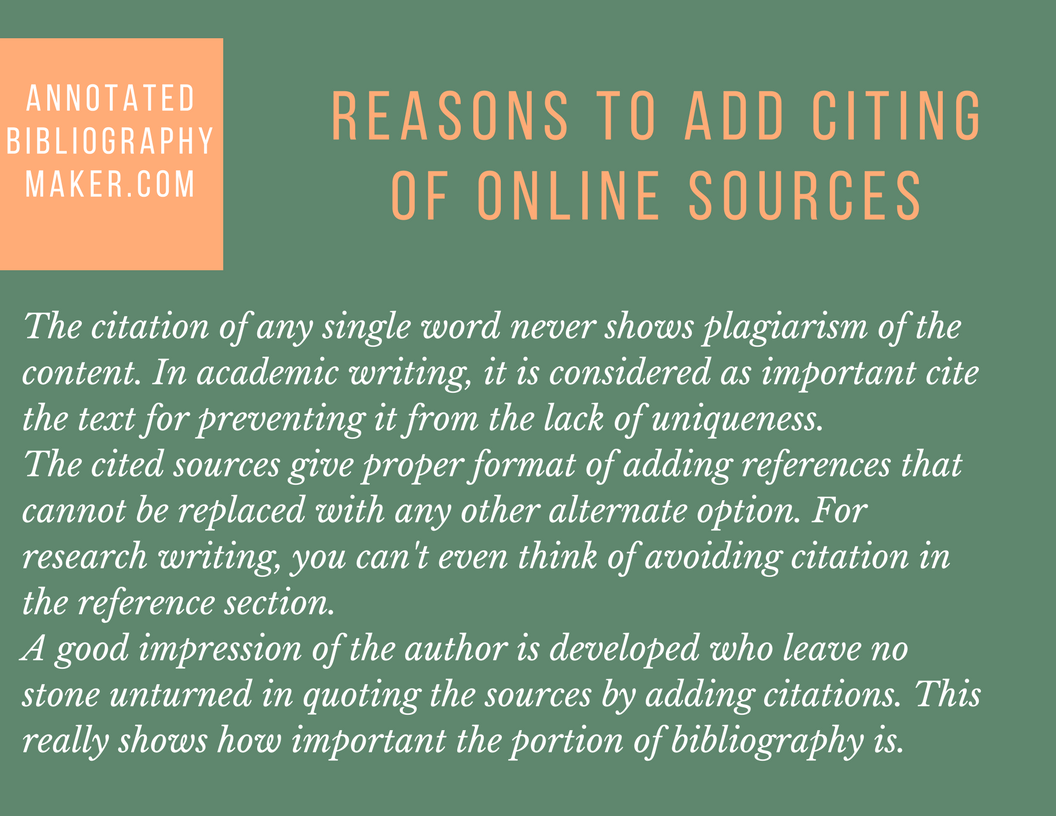
- The title moves to the first position of the reference entry when no author is creating an MLA.
- The year and first few words of the reference list entry require in-text citation.
- The abbreviated title or main heading must be covered with the quotations marks. If it is short the parenthetical citation, then use the full title.
- like any magazine or newspaper article, the web-based researched posts are enclosed in a quotation in in-text citations and not italicized indeed.
How to cite with no author? The APA is ideal to be followed in case of creating it without an author. Many researchers don’t focus on figuring out major differences between citing links procedure with and without an author.
Try to follow all of these tips to take your writing to another level. It will be quite helpful.
- The ratings by users matter a lot. Try to focus on it.
- Use the tool personally by getting the sample of one written link through it.
- Make sure that the tool must offer all three popular citation styles i.e. APA, MLA, and Chicago.
- Don’t think of adding sources in bulk by getting this opportunity of writing online.
Main Features of Our Website
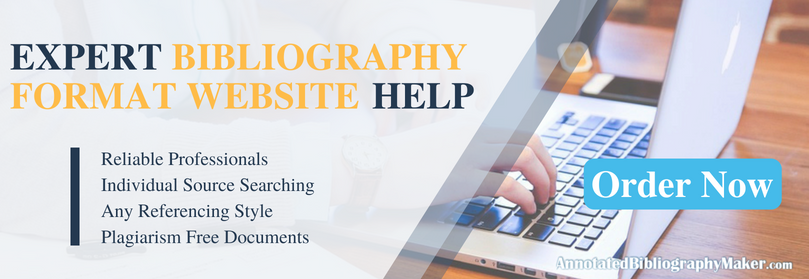
The reasons to add citing of online sources can give you an idea about its importance:
When it comes to developing the size of the webpage, it is considered a more technical task. However, once you learn the right ways of developing a bibliography format website and CSE can be easier. There are not plenty of ways to create annotations on websites. This process is not quite different than adding sources or references on the paper.
“All 25 Burmese miners rescued by the police. (2006, May 17). Taken from http://www.msnbc.msn.com/id/39625809/ns/world_news-americas/”
The only major difference is of the published content on a site where you see the section in the end. The best thing about creating a bib in this way is to get a variety of tools and options to get it done quickly. The freeware or shareware software from any trusted online source can help you to make this part as per the expectations. All the experts highly believe in the fact that preparing annotations is quite simpler than doing it on the paper in a conventional manner. The more useful info about writing an APA annotated bibliography format can be a great addition to your knowledge.
:max_bytes(150000):strip_icc()/final-exam-time-465416097-5a048e4789eacc003712490f.jpg)
Not only is this step helpful in determining which sources to ultimately use in your paper, but also your instructor may require it as part of the assignment so they can assess your thought process and understanding of your topic.
Even if it is not a required part of your assignment, writing a bibliography can help you keep track of your sources and make it much easier to create your final reference page in proper APA format.
Your working bibliography should be kept separate from the rest of your paper. Start it on a new page, with the title “Bibliography” centered at the top.
Normally a bibliography contains only references' information, but in some cases you might decide to create an annotated bibliography. An annotation is a summary or evaluation of the source.
Create an Annotation for Each Source
Compile all the sources you might possibly use in your paper. While you may end up not using all of these sources in your paper, having a complete list will make it easier later on when you prepare your reference section.
If you are taking a psychology class, you may be asked at some point to create a bibliography as part of the research paper writing process. Even if your instructor does not expressly require a bibliography, creating one can be a useful way to help structure your research and make the writing process easier.
While writing an annotated bibliography might not be required for your assignment, it can be a very useful step. The process of writing an annotation helps you learn more about your topic, develop a deeper understanding of the subject, and become better at evaluating various sources of information.
This can be particularly helpful as you outline and write your paper. By quickly glancing through your working bibliography, you will be able to get a better idea of which sources will be the most appropriate to support your thesis and main points.
